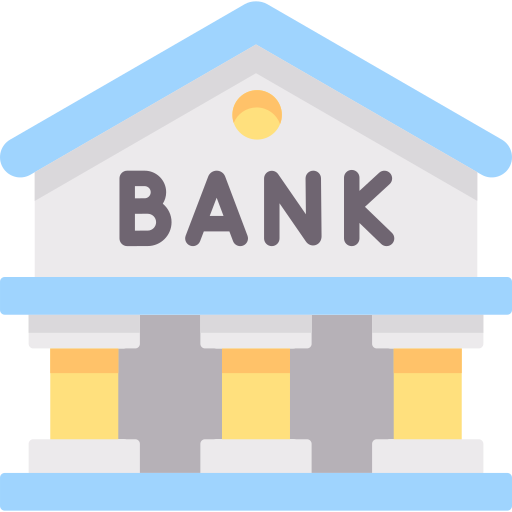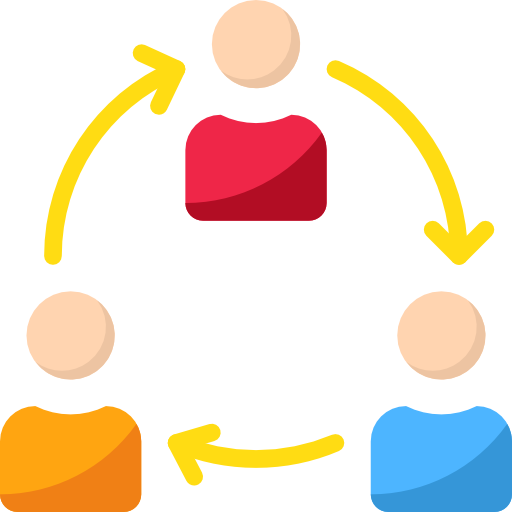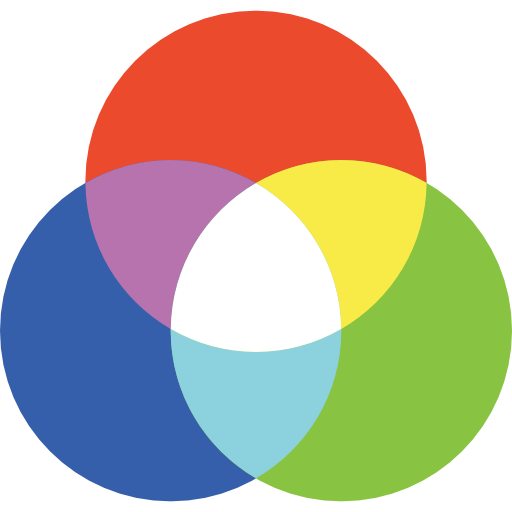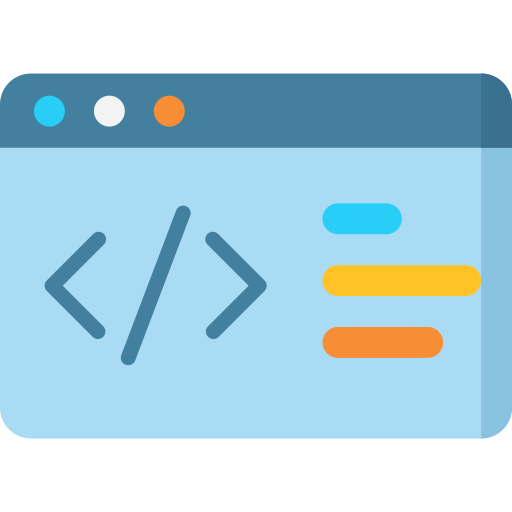CSS : Cascading Style Sheet
Programming
What is the full form CSS?
CSS stands for "Cascading Style Sheet".
What is CSS (Cascading Style Sheet)?
It is a kind of computer language that is used to create a document in a markup language for example HTML. It is a cornerstone technology of the World Wide Web (WWW), along with HTML and JavaScript.
The promising feature of CSS is that it enables the separation of presentation and content that includes layout, color schemes, and fonts. This type of separation improves the overall accessibility for the customers because it enhances the type of content a customer might be interested in. Not only this, but it also allows for a single user to have access to distinct web pages to share formatting by specifying the relevant CSS in a separate .css file which tends to cut down complexity and repetition in the structured content and also, allowing the .css file to be cached to improve the page load speed between the pages that share the file and its formatting.
Separation of formatting and content also makes it feasible to present the same markup page in different styles for different rendering methods, such as on-screen, in print, by voice (via speech-based browser or screen reader), and on Braille-based tactile devices. CSS also has rules for alternate formatting if the content is accessed on a mobile device.
Suggestions:
| Acronym | Full Form |
|---|---|
| SOAP | Simple Object Access Protocol |
| HTML | Hypertext Markup Language |
| JSON | JavaScript Object Notation |
| BSON | Binary JSON |
| BLOB | Binary Large Object |
| UML | Unified Modeling Language |
| AJAX | Asynchronous JavaScript and XML |
| API | Application Programming Interface |
| APK | Android Application Package |
| ASP | Active Server Page |
| BASIC coding | Beginner's All-Purpose Symbolic Instruction Code |
| EJB | Enterprise Java Beans |
| PHP | Hypertext Preprocessor |
| SQL | Structured Query Language |
| XML | eXtensible Markup Language |
| CGI | Computer-Generated Imagery |
| COBOL | Common Business Oriented Language |
| CLI | Command Line Interface |
| DHTML | Dynamic Hyper Text Markup Language |
| DTD | Document Type Declaration |
| DOM | Document Object Model |















